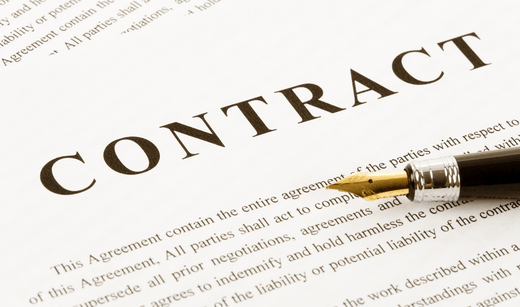

Engineers bought all of the kitchen-grade aluminum foil they could find at a supermarket to protect the Voyager probes from Jupiter's wrath.
- NASA's twin Voyager space probes launched 40 years ago.
- Two months before launch, the space agency learned Jupiter's radiation and magnetic fields were stronger than expected.
- To protect the Voyagers, engineers covered their cabling with kitchen-grade aluminum foil.
NASA launched its twin Voyager probes four decades ago, one of the most exalted missions in the space agency's history.
The Voyager mission explored Jupiter and Saturn more deeply than ever before, surveyed Uranus and Neptune for the first time, then left the solar system. The probes are now traveling in the space between stars.
But just months before the plutonium-powered robots were supposed to launch, scientists made a surprising last-minute addition: they covered critical parts of the probes in kitchen-grade aluminum foil.
The ad-hoc protection was added because Jupiter appeared to have more intense magnetic and radiation fields than scientists originally anticipated.
"Two months before shipping to the Cape for launch, the scientists were predicting that the magnetic fields around Jupiter were intense enough that they would accelerate particles," Frank Locatell, a Voyager project engineer, said in a PBS documentary called "The Farthest" that premiered this month.
These high-speed particles, similar to a geomagnetic storm on Earth, could generate electric fields of 40,000 volts.
"That would be the end of our spacecraft," Locatell said, since such high-voltage pulses could travel along exterior cables on the probes, "just feed them right into our systems and kill us."
The moment NASA scientists were worried about was set to occur in 1979, about a year and a half into the mission. That's when each probe would pass very close to Jupiter to observe the planet and its moons, and steal some of the Jupiter's gravitational energy to slingshot out to Saturn.
"You're approaching this monster magnetic field, this monster radiation environment, on purpose. Because you need to get close, because you want to see all the little moons and the clouds and the storms and you want to slingshot on to Saturn," Jim Bell, a planetary scientist at Arizona State University who chronicled the Voyager mission in his book "The Interstellar Age", said in the documentary. "But you just don't know if you're going to survive. If the thing gets fried, you lose the mission."
NASA could not simply divert the probes or cancel the mission, which cost billions in today's dollars.
But fixing the issue wasn't insurmountable — the cables just needed to be shielded to divert any rogue currents into a grounded part of the spacecraft. The problem was that launch was around the corner and a delay would mean missing the planetary alignment that made the mission possible. It occurs only once every 175 years.
"We didn't have time to go through the normal design reviews, so in order to get this protection done quickly enough, an ad hoc team was formed and we did some things that were out of the ordinary," Locatell said. "Very out of the ordinary."
He eventually sent a technician to a local supermarket in Florida to buy up all the kitchen-grade aluminum foil available.
"It was one of the only materials that was available to us," he said.
The team unfurled the foil, cut it into continuous strips, cleaned it with alcohol and wipes, and wrapped every exterior cable on the two spacecraft.
The effort appears to have worked.
NASA launched Voyager 2 on August 20, 1977, from Cape Canaveral, Florida. The identical Voyager 1 probe launched on September 5 and soon overtook its twin in space.
On March 9, 1979, Voyager 1 safely swung past Jupiter during its closest approach and went on to Saturn. Both probes sent back unprecedented images of the outer solar system, including the first (and so far only) close-up photos of Uranus, Neptune, and those planets' moons and rings.
Those remarkable discoveries may not have happened if it weren't for the material that Locatell said he uses to wrap his Christmas turkeys.
Engineers bought all of the kitchen-grade aluminum foil they could find at a supermarket to protect the Voyager probes from Jupiter's wrath. Read Full Story





















Facebook
Twitter
Pinterest
Instagram
Google+
YouTube
LinkedIn
RSS